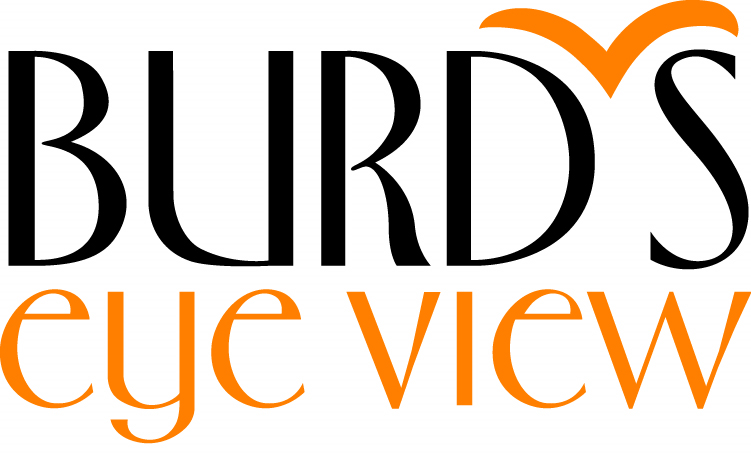As I try to make sense of the new presidential administration, my thoughts have reverted to seminal concepts in my development as a social scientist. In the 70s, the developmental psychologists Overton & Reese wrote landmark articles asserting that our world views distinguish our theoretical frameworks and the methodological approaches we take to research. Of late, I'm keenly aware of the different world views Americans form as we consume divergent media and live in lifestyle enclaves.
Arlie Russell Hochschild, a self-described progressive sociologist, whose work I admire, moved from Berkeley to southern Louisiana for five years to climb what she calls "an empathy wall, an obstacle to deep understanding of another person, one that can make us feel indifferent or even hostile to those who hold different beliefs or whose childhood is rooted in different circumstances." In her recent book Strangers in Their Own Land, she interviews, observes, researches, and befriends the people immersed in Tea Party politics to make sense of life on the other side of the empathy wall. It's a great piece of research grounded in history and demographic studies, and I highly recommend it. Take a look and let me know how the findings link to your work, your life.



![By U.S. Navy Photo [Public domain], via Wikimedia Commons](https://images.squarespace-cdn.com/content/v1/54920b1be4b08be0f5bd1b43/1480704936166-IJG342TEAIRKCN2BAPNZ/image-asset.jpeg)